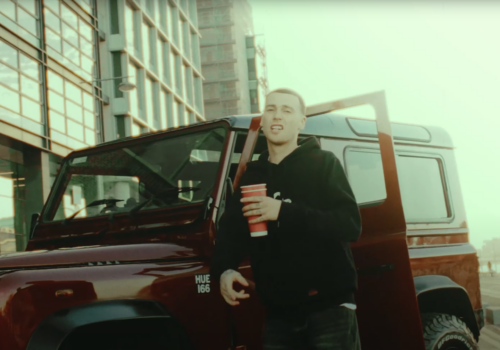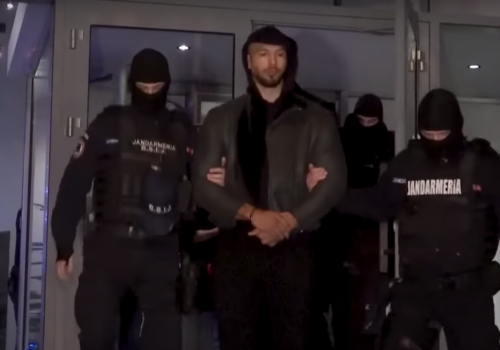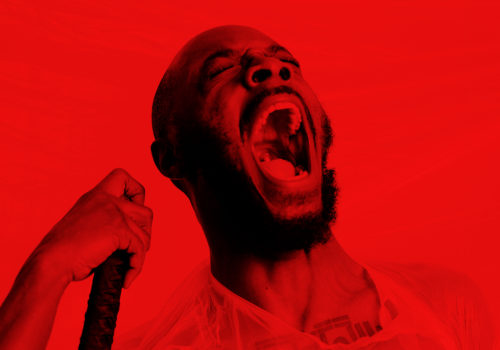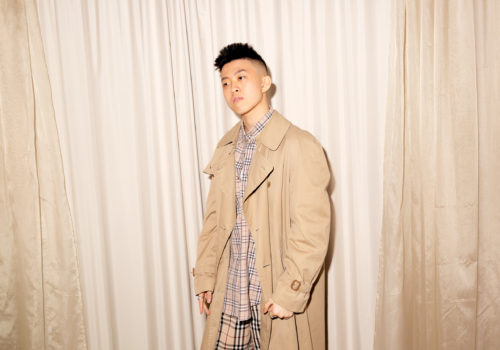Surf, Soil & Sand; A Coffee Pilgrimage
These days Dublin is the EU capital of coffee. Of all the sea changes in Irish food and drink, the pivot from exclusively tea to speciality coffee is one of the most profound. As a nation, we take coffee seriously. It’s not just for a small band of enthusiasts anymore; it’s for the people.
The latest must-have brew being rolled out across the country today comes to Ireland from Foam, a coffee shop in Bundoran via a roastery in Cornwall. It’s a set of two coffees with a limited edition self-published book that documents a sourcing trip this unexpected trio took to Nicaragua.
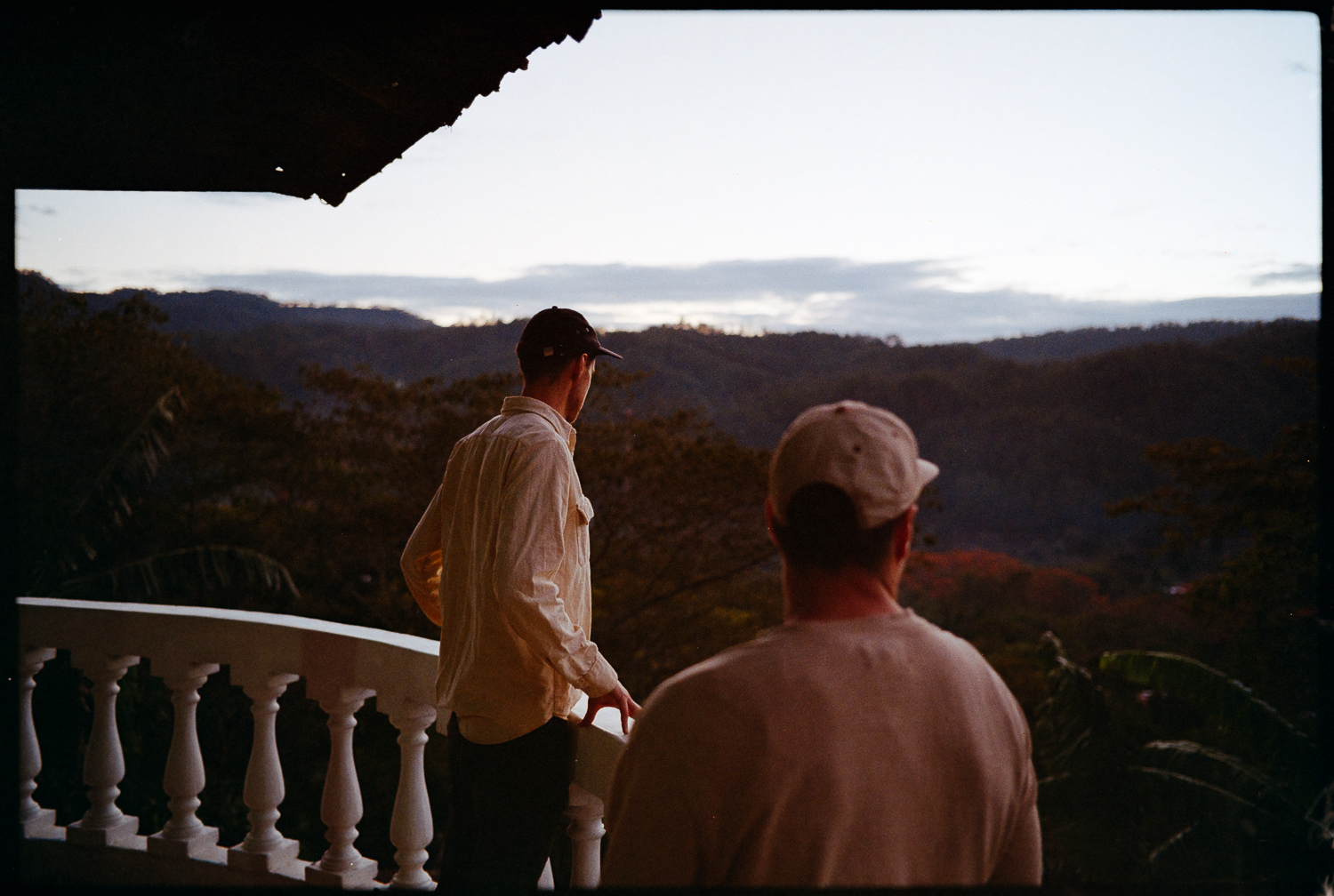
Hand-sourced coffee is one of the last frontiers left in sustainable coffee consumption. Of course, we have the keep cups, alternative milks, and local roasters, but most coffee is procured via wholesale coffee importers. These come in all shapes and sizes, from the more well-known, like Robert Roberts, to ones specialising in single-origin fair trade beans. But independently sourcing coffee is a difficult job that most cafes and coffee roasters don’t tend to take on. However, the team behind Soil & Sand did just that and made a book about it.
The coffee was hand sourced, roasted, packed and will be distributed by a team led by these three coffee and surfing enthusiasts, Richard Blake, James Bowden, and Noah Lane. Three amigos who were brought together by swells and forged by caffeine. They chose Nicaragua as their source because of this surfing connection. The country is a well-known home of a thriving surfing community, as well as a coffee underdog worth rooting for.
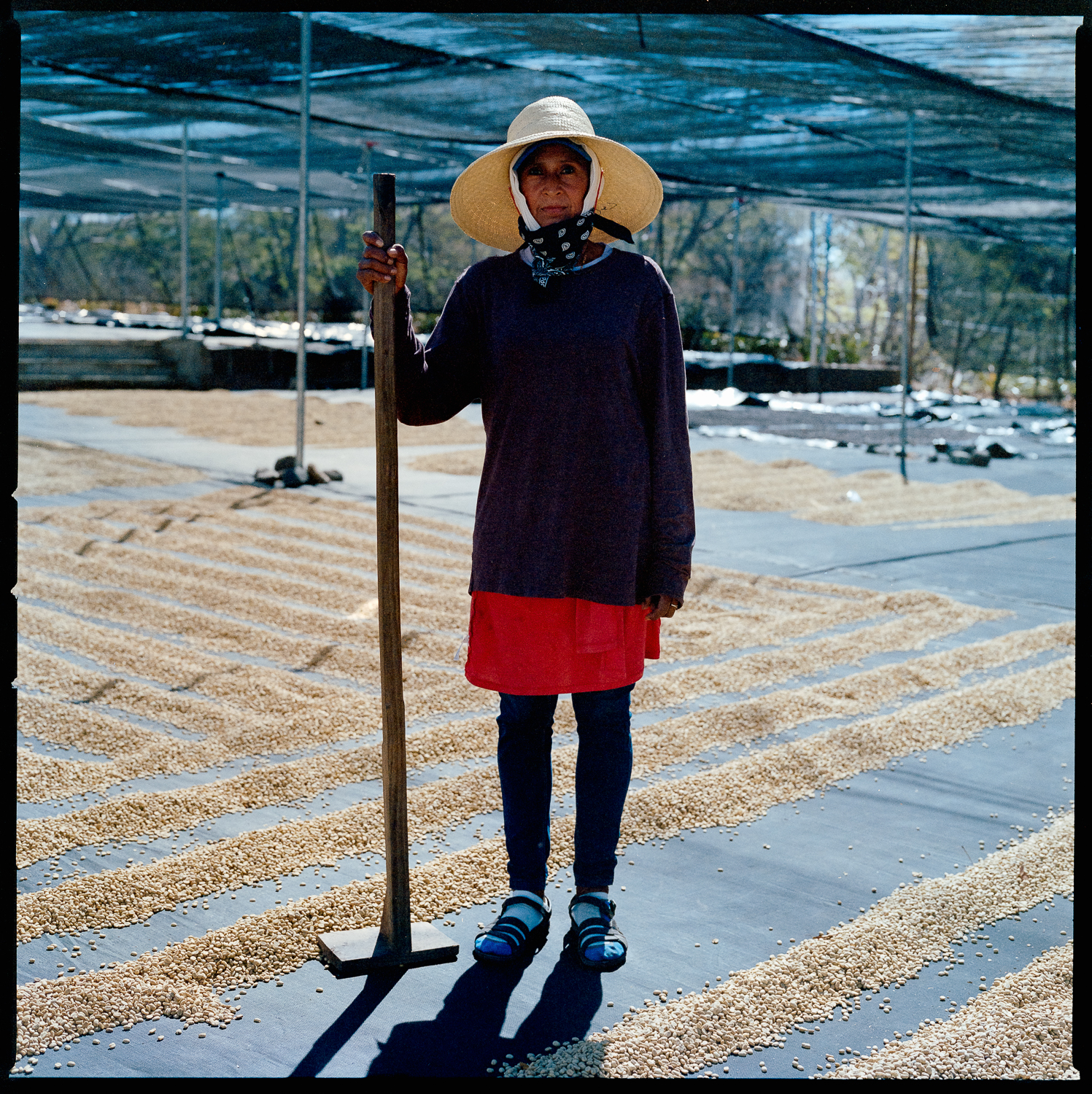
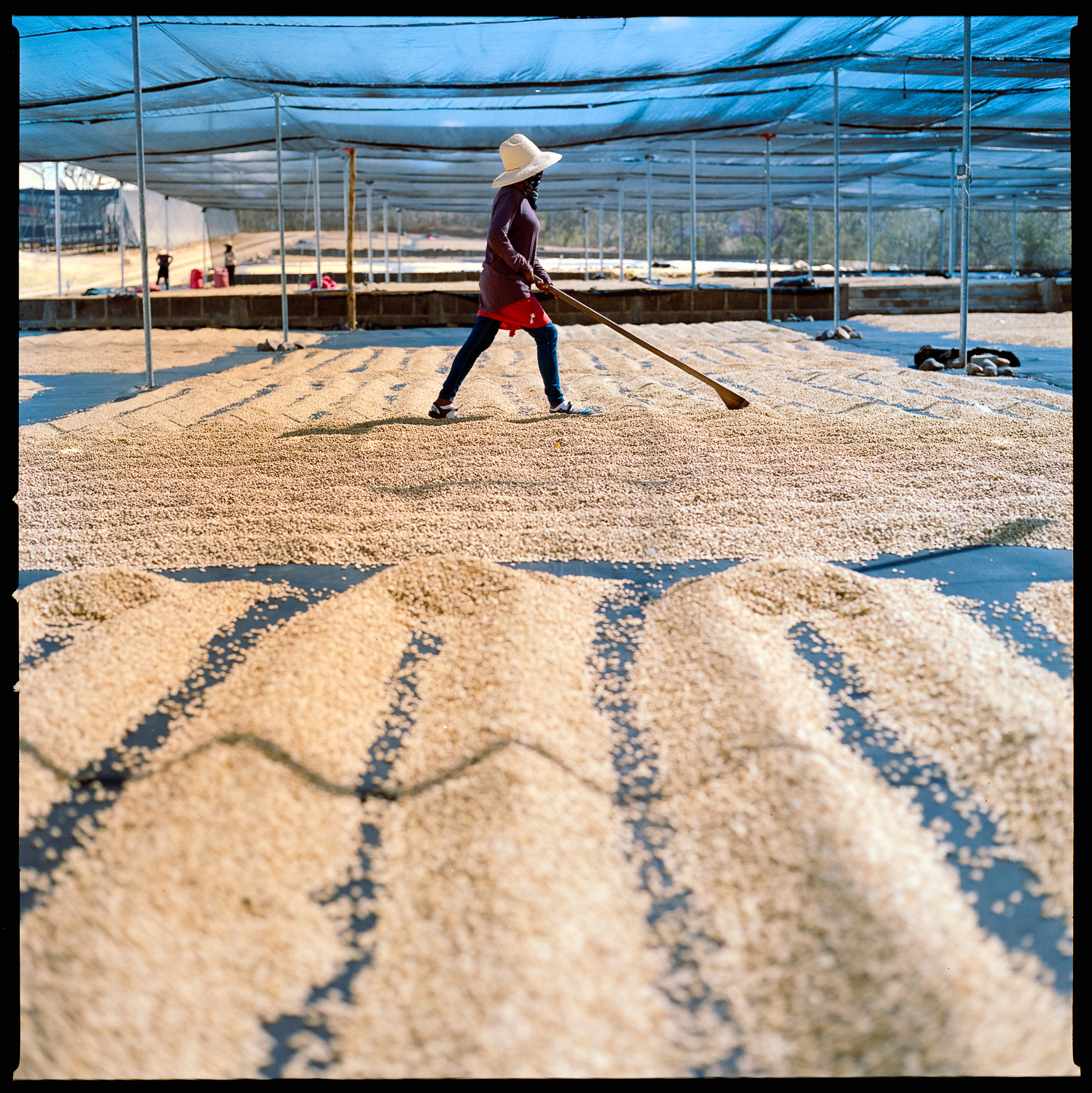
Affectionately called Rich, Richard is the founder of Yallah Coffee, a speciality coffee roaster from Cornwall which has gone from a one-man start-up to a pioneering coffee roaster.
James Bowden is a photographer, surfer and lover of adventure. Noah Lane is a professional surfer and co-founder of Foam Cafe, Bundoran. Foam has been at the forefront of speciality coffee in North-West Ireland.
Together they embarked upon a coffee sourcing journey that didn’t go as planned. Like surfing, this expedition requires going with what is, not what was expected.


The biggest challenge came when a bag went missing before they even landed. As a result, James, the film-only photographer, lost all of his film, bar four rolls. With no backup, his mood and morale were down. In the book, he talks candidly about the impact the loss had on him before it eventually allowed him to find a small but active faction of film photographers in Latin America who helped him make this book a reality.
Looking through the pictures now, you are not filled with a sense of loss, a feat considering how the photographer must have been grieving. You are taken into the real world of coffee in an often under-adulated producing country in a gentle, intimate way. It’s a testament to James’s skill that readers can feel as enveloped in this far-flung corner of the world as they do reading this book.

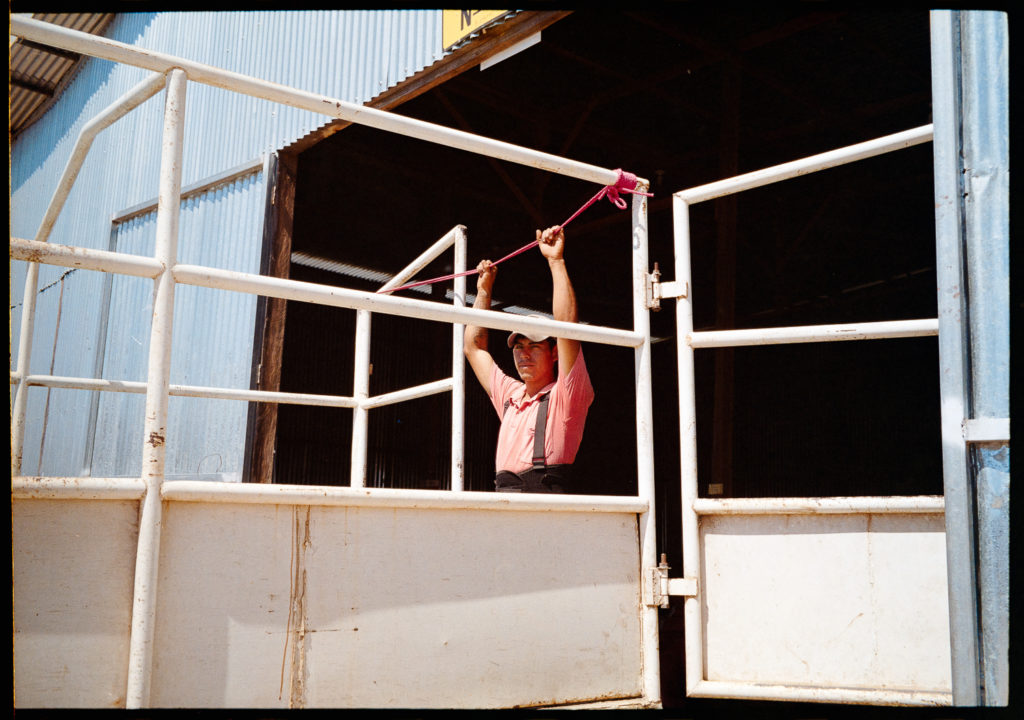
Nicaraguan coffee is not a coffee we see as steadfastly as Brazil, Ethiopia, or Costa Rica. In fact, if you’d asked me before I read this book, I’d have had to google whether they produced coffee or not. The trio refer to it as an “underdog” when I sit down with them on zoom. If there is one thing Irish people love, it’s a little guy overshadowed by their bigger, louder neighbours.
Nicaraguan coffee typically means Arabica beans, with a medium body, mild acidity, and a hint of fruity or caramel sweetness. Jinotega is touted as the best region in Nicaragua for coffee production. Matagalpa and Nueva Segovia are highly recognized regions as well.


Rich and Noah knew they had found their new coffee quickly enough. They met the farmer and his family and went with them “Because he was wicked”, And they “knew the coffee would be good, because of the elevation and the varietal”. For them, it was the right place; “the farm was clean and tidy, and the plants looked healthy”.
At higher altitudes, coffee develops in a harsher climate where it takes longer for the crop to mature. Through this maturation process, the coffee develops more complex sugars and more complex flavours.

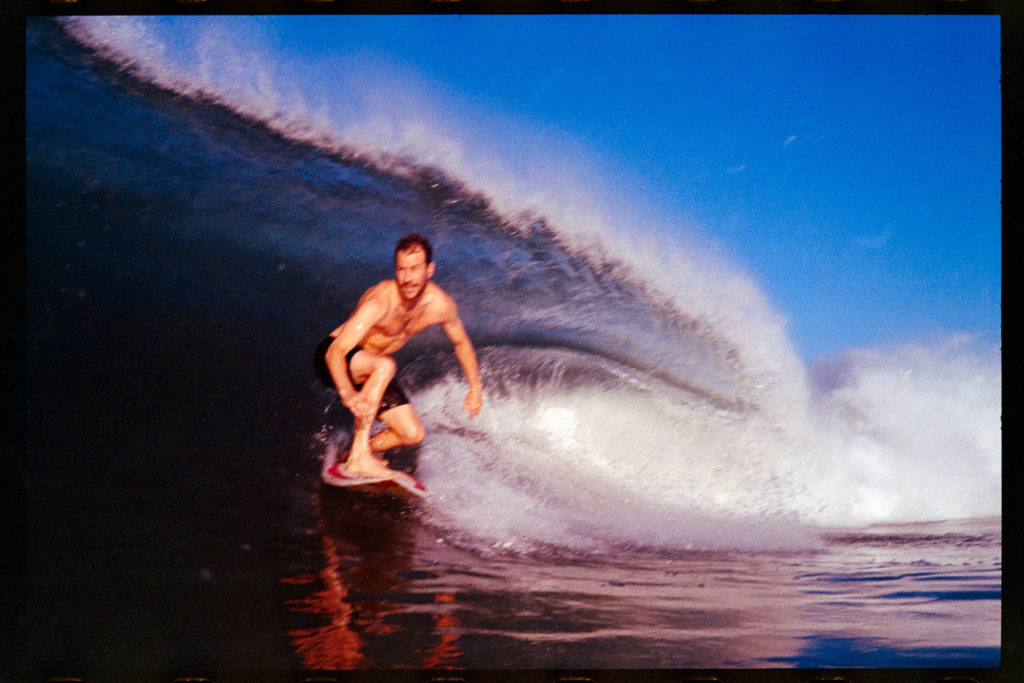

The group didn’t have a preordained preference or processing method they were looking for. They just wanted to find good coffee with an interesting story. Noah said these days we’re often told what to think about coffee and that it was a really nice way to just experience and feel connected to the people at the one end in the way he does to the customers at the other end of the route. To see these people, their lives, as well as their coffee, is to have your mind expanded. They said they wanted to honour this family and their farm, see it grow and spend their money with them. The idea is that they are invested in this family, the family are invested with them, and it creates a trusted business body that is both mutually beneficial and more sustainable.
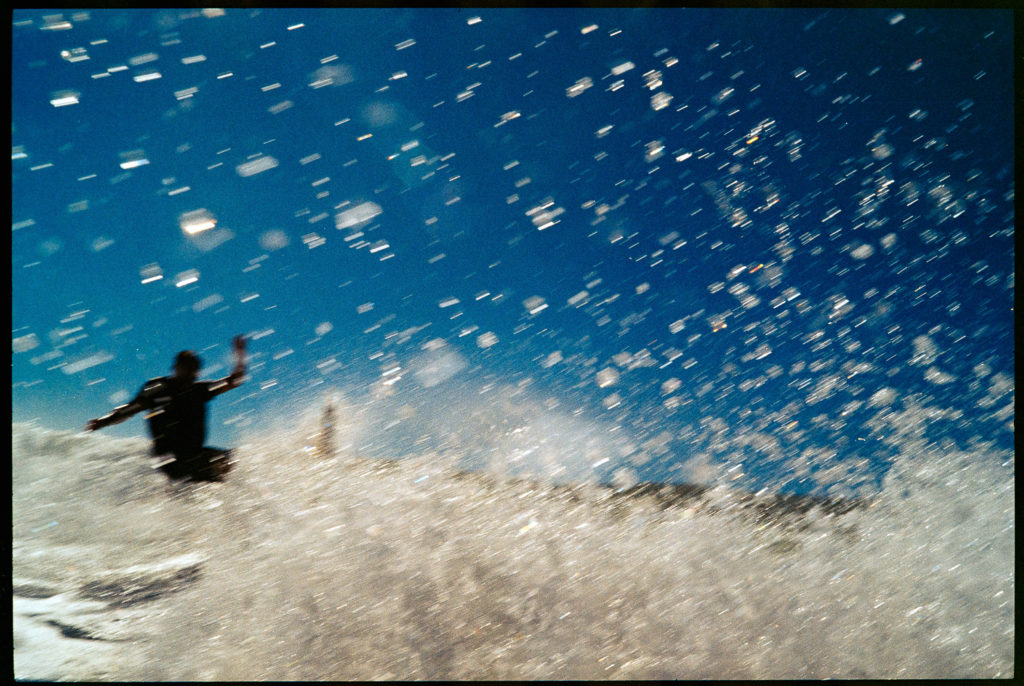
There is wholesomeness in the book that really makes the reader feel like you are part of the team learning about “the different processes and all the people attached to the different points in the chain from the farmer all the way to” us being served it in our keep cup as the end consumer. It demystifies a process that can seem theoretical and so far beyond what we think of when we grab a V60 filter from our local.
The pack also gives you a chance to taste the difference between the two styles of coffee. We often think we can’t recognize the difference between things. That it is a process for the initiated or the industry. What this small affordable pack does is give the customer a chance to see that they already have the ability to discern the difference. Each coffee, while from the same place, has been processed differently and brings different flavours to the forefront. They are quite different and will convince any skeptic that coffee has the kind of variety we reserve for mini cereal packets without feeling gimmicky.
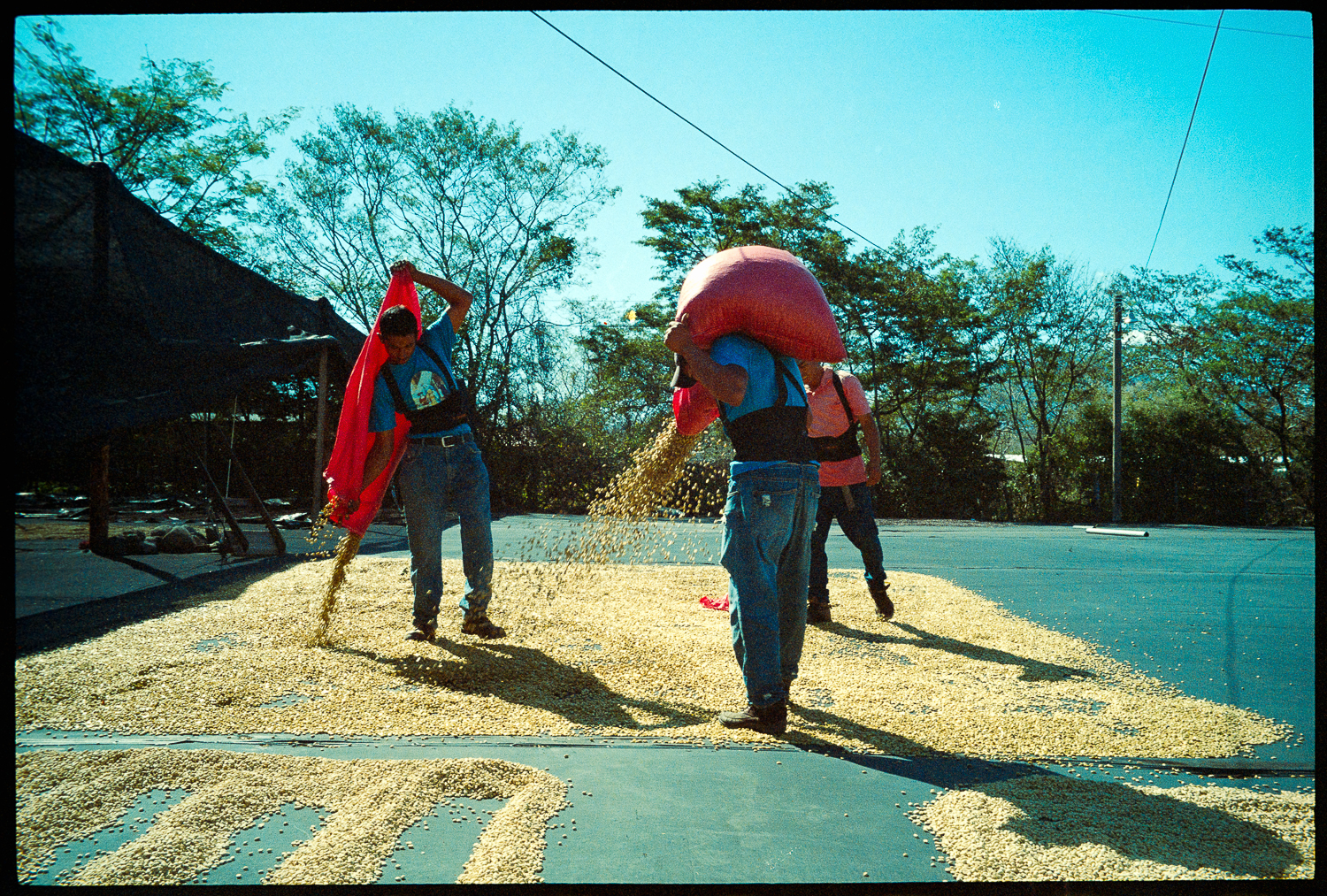
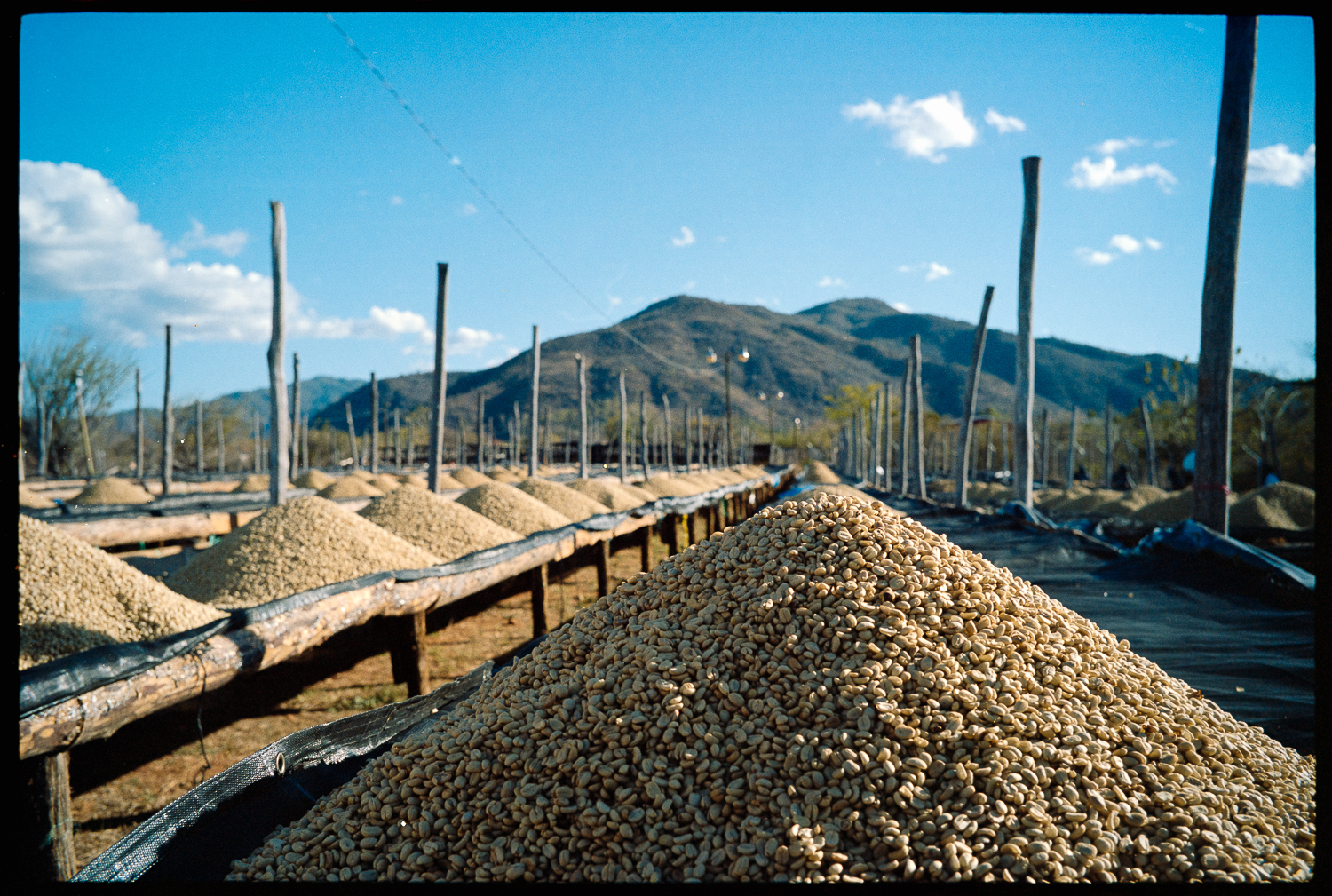
The whole set comes together with the ease these three friends portray. It supports itself and the drinker through a journey from bean to cup. This style of photography and coffee set makes you, the drinker, feel comfortable and close to a family in Nicaragua you haven’t met, and to a trio of coffee nerds you feel like you’ve known in person. It’s a wholesome and holistic coffee experience you can have from the comfort of your sitting room or in a speciality coffee shop. One I recommend you try.



